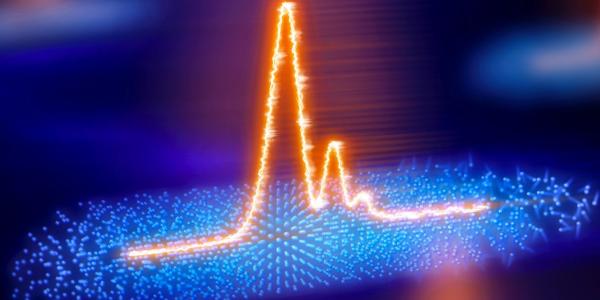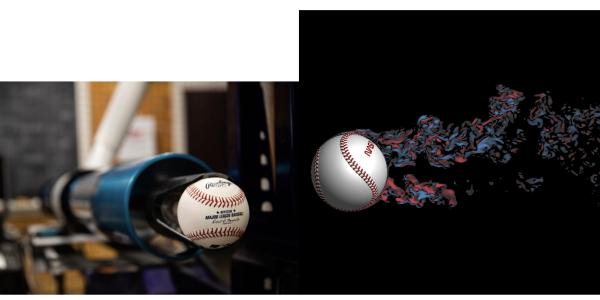
Attosecond X-ray Free-Electron Lasers
Prof. Ago Marinelli , SLAC National Accelerator Laboratory
Abstract: The invention of attosecond light sources using high-harmonic generation has inspired a new field of research. Attosecond science is concerned with the study of electronic dynamics in quantum systems, and it has influenced a variety of scientific disciplines: from atomic and solid state physics to biology. The success of this technology has been recently recognized with the 2023 Nobel prize in physics awarded to Anne l’Hullier, Pierre Agostini and Ferenc Kraus.
The development of attosecond X-ray free-electron lasers has opened the next chapter in attosecond science. XFELs can produce X-ray sub-fs pulses with a peak brightness that is more than 7 orders of magnitude higher than conventional table-top sources based on HHG, and with a photon energy that extends into the hard X-ray regime.
In my talk I will discuss the development of attosecond capabilities at the LCLS and other XFELs worldwide. I will present recent results in attosecond science, including the demonstration of attosecond pump/attosecond probe spectroscopy and the generation of Terawatt-scale pulses. Finally, I will discuss future directions for attosecond science: from the LCLS-II upgrade to the generation of few-cycle attosecond pulses with plasma-based electron injectors.
About Prof. Ago Marinelli

Ago Marinelli is an assistant professor of Photon Science and Particle Physics and Astrophysics, and, by courtesy, of Applied Physics at Stanford University and SLAC.
He received his PhD in Physics in 2012 from UCLA and moved to SLAC shortly after as a research associate. He was awarded a Panofsky Fellowship in 2015 and joined the SLAC faculty in 2019. He currently leads the FEL R&D program at the LCLS and the FEL physics department in the Accelerator Research Division.
Audience:

